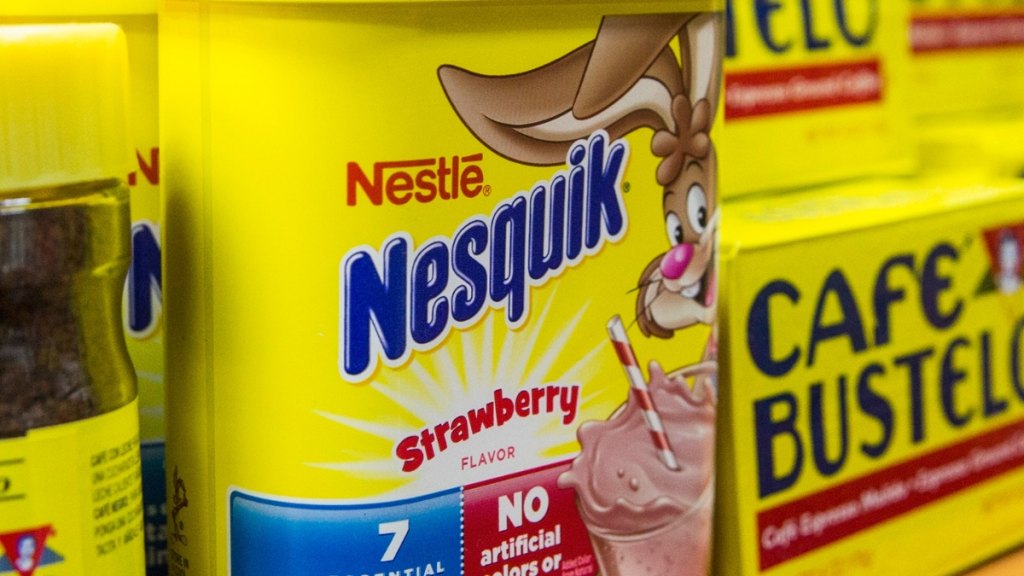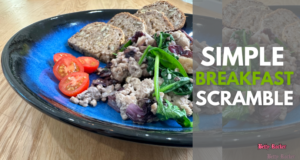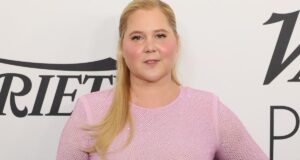Advocates of food safety are celebrating this week after one of the most popular food additives—known for its harmful effects on health—was finally banned. The ingredient in question? Red Dye no. 3. Manufacturers throughout the country will now be forced to find safer alternatives for their products. Keep reading to learn more about the additive and what popular products that still contain Red Dye No. 3 will be impacted.
More about the Red Dye No. 3 ban
On Wednesday, January 15, the U.S. Food and Drug Administration (USFDA) announced it is banning the use of Red Dye No. 3 in all food items sold in the country. The synthetic dye (made from petroleum) is found in countless food and drink items and is used to produce a bright red cherry color.
Many public interest and consumer advocacy groups have been working for decades to get the dye removed from edible products due to its concerning side effects on long-term health.
While the news is certainly a victory, change will not be evident overnight. Food manufacturers will have until January 15, 2027, to stop using Red No. 3 in their items. (Companies that make ingested drugs containing the dye will have an additional year to remove it from their formulas).
Why is Red Dye No. 3 banned?
The dye was approved for use in foods in 1907, but it wasn’t until the 1980s that a study concluded that the ingredient may be carcinogenic. Since then, concerns about the ingredient have long been vocalized.
This led to the additive being banned from cosmetics in 1990, but Red Dye No. 3 still had its place in common food and drink products until this week.
“The FDA cannot authorize a food additive or color additive if it has been found to cause cancer in human or animals,” Jim Jones, the FDA’s deputy director for human foods, said in a statement, according to NBC News. “Evidence shows cancer in laboratory male rats exposed to high levels of FD&C Red No. 3.”
In 2021, another study found that the additive can lead to behavior issues for kids and negatively impact brain health. Decreased attention was one of the most common issues reported.
Ahead of the federal ban, there were 11 states that were already working to ban the dye, and other countries outside of the U.S. have severely restricted it, as well. Other controversial dyes (like Red No. 40, which is also believed to cause behavioral issues in children) are still included in food items, however.
What foods contain Red Dye No. 3?

Wondering what items will be impacted by this new ban? The Environmental Working Group’s (EWG) Food Scores website shares that more than 3,000 food products contain Red Dye No. 3. Here are some of the most popular products:
Candy
- Brach’s Conversation Hearts
- Dubble Bubble chewing gum
- Jelly Belly Candy
- Pez Candy
- Ring Pop Candy
Baked Goods
- Archer Farms Hand Decorated Sugar Cookies
- Betty Crocker Pre-Baked Sugar Cookies
- Chip’s Ahoys! Confetti Cake Chewy Cookies
- Hostess Birthday Frosted Yellow Cake With Creamy Filling Cupcakes
- Hostess Ding Dongs Valentine Chocolate Cake
- Keebler Fudge Stripes Celebration Cake Flavored Cookies
- Pillsbury Confetti Soft Baked Mini Cookies
- Oreo Space Dunk Mini Cupcakes
- Wilton Cupcake Decorating Kit
Other food products
- Betty Crocker Loaded Potato Casserole
- Dole Fruit Packs
- Jack Link’s beef and cheddar sticks
- Vigo yellow rice
Drinks
- Nestle Nesquik Low Fat Milk, Strawberry
- Yoo-hoo Strawberry Drink
If you want to know if your favorite food item contains the harmful additive, visit the EWG website or check the label. Manufacturers are required to list red dye No. 3 on nutrition labels if it’s one of the ingredients in a product. You may also see it listed as “red 3” or “FD&C Red #3.”




